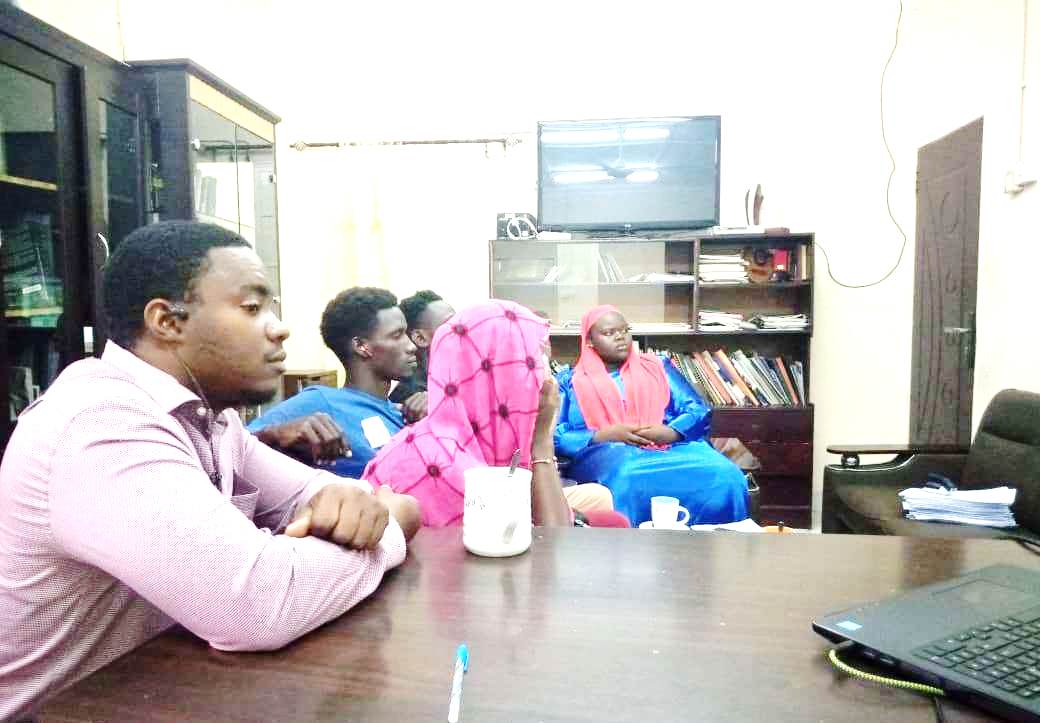By Yunus S Saliu
The National Centre for Arts and Culture (NCAC) with the youths of communities hosting the UNESCO World Heritage Sites in The Gambia, last Wednesday, joined the rest of the world to celebrate the 50th anniversary of the UNESCO World Heritage Convention which came into being in 1972, the same year the Gambia also joined UNESCO.
They joined the celebration online under the theme – The Next 50 Years: World Heritage as a Source of Resilience, Humanity and Innovation.
Hassoum Ceesay, Director General of the NCAC said the celebration of the 50th anniversary of the World Heritage Convention takes place in an international context marked by the Covid-19 crisis where the world is assessing the extent of the damage caused to the economic, social, and cultural life of its citizens.
He said The Gambia currently has a series of UNESCO World Heritage Sites “and the first Gambia World Heritage Site was James Island and the Related Sites which was inscribed in 2003 and it is a serial inscription. They are seven include James Island, Fort Bullen (in Barra); the Six Gun Batteries (at State House); San Domingo; the CFAO Building; Maurel Frères Building and the Chapel (in Juffureh and Albreda).”
DG Ceesay underscored the importance of the UNESCO World Heritage Sites saying it is a very prestigious title given to cultural-historical or natural heritage sites that are of outstanding quality and have unique contributions to the understanding of the world and humankind and it is a ‘Nobel Prize for heritages.”
In 2006, he added, “we also successfully added the Stone Circles of Senegambia inscribed into the UNESCO Heritage List and this was done in conjunction with Senegal because we have Stone Circles in Wassu, Kerr Batch, and many other sites in The Gambia. But also in some parts of Senegal, that’s why it is a transboundary pre-inscription.”
And in 2007, “the Kankurang Initiation Mask was also inscribed as a UNESCO Intangible Masterpiece, and the Gambia is ahead of many countries when it comes to UNESCO inscriptions,” he noted.
The celebration was held in form of a symposium online and the NCAC invited youths who are working with the center in the Gambia UNESCO World Heritage Sites to join the international symposium with the young people on World Heritage Sites, St Louis in Senegal and throughout the continent.
The symposium discussed how to valorize the participation of young people in the management, conservation, and preservation of the UNESCO World Heritage Sites in the Gambia and throughout the world.




